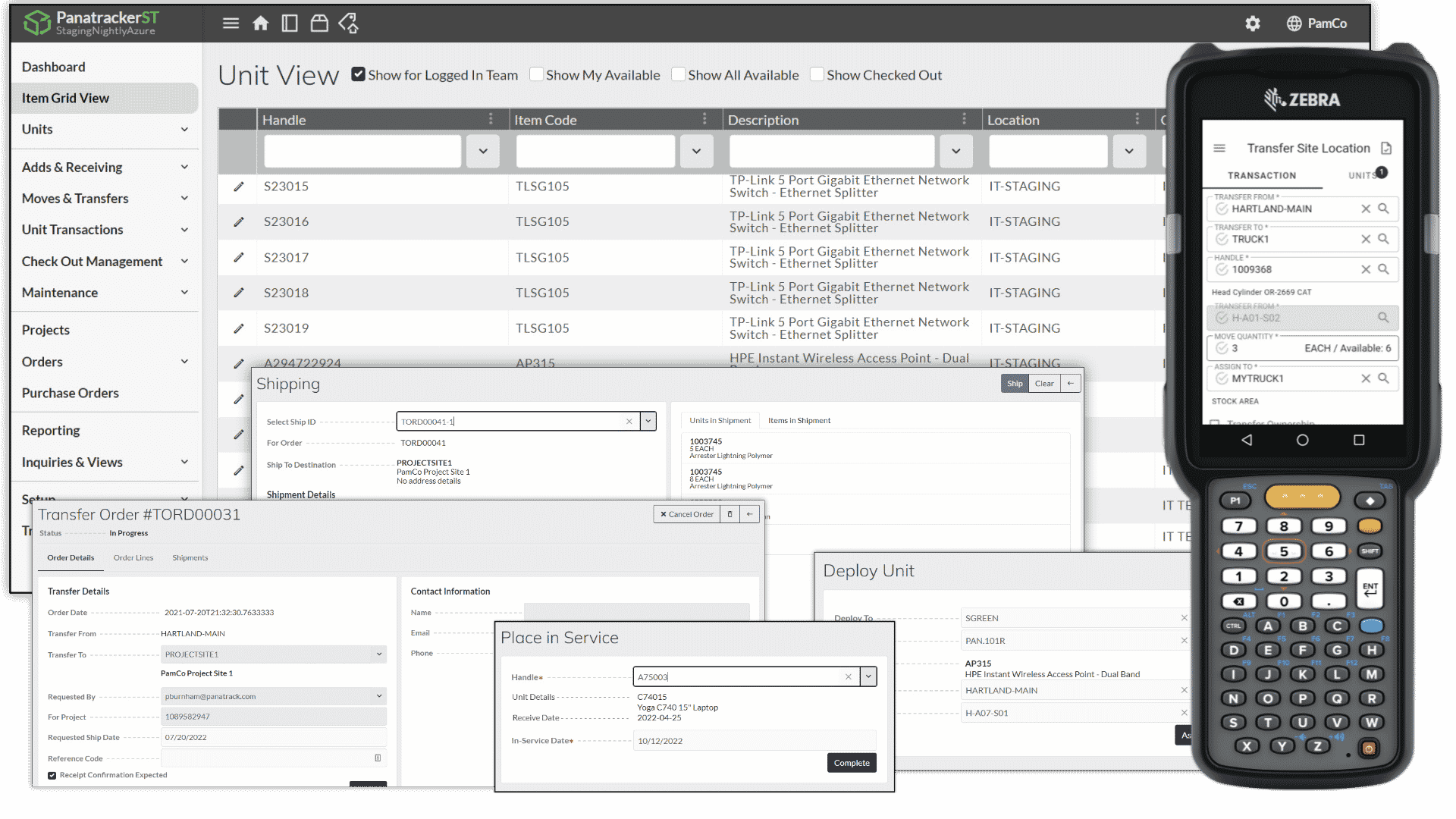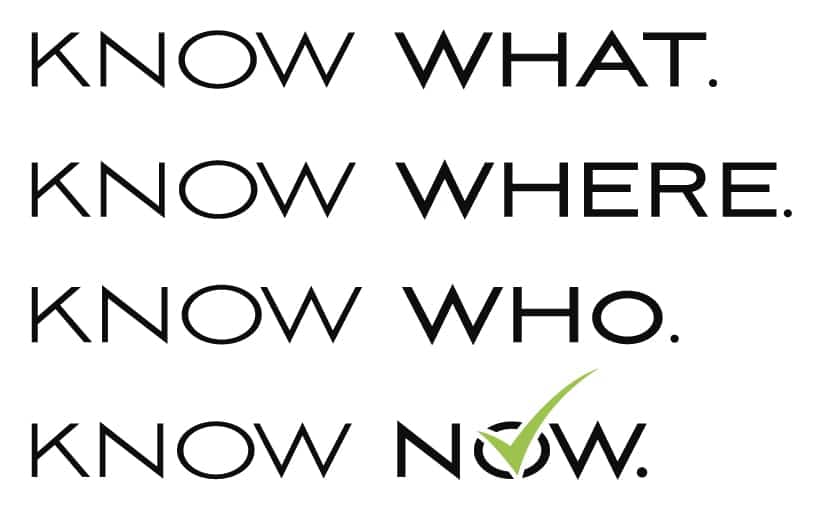Products
- PanatrackerGP for Dynamics GP
- Dynamics GP Inventory and WMS
- Dynamics GP Fixed Assets
- PanatrackerST Item Tracking
- Tools & Equipment Tracking
- Parts Inventory Tracking
- I.T. Asset Management
- Medical Assets & Supplies Tracking
- Fixed Asset Tracking
- Customer Owned Inventory Management
- Package and Delivery Tracking
Solutions
- Tool & Equipment Tracking
- IT Asset Tracking
- Medical Asset & Inventory Tracking
- Parts Inventory Management for Projects & Services
- Fixed Asset Barcode Software
- Package Tracking for Internal Deliveries
- Consignment and Customer Owned Inventory
- Inventory & WMS for Dynamics GP
- Fixed Asset Tracking for Dynamics GP






